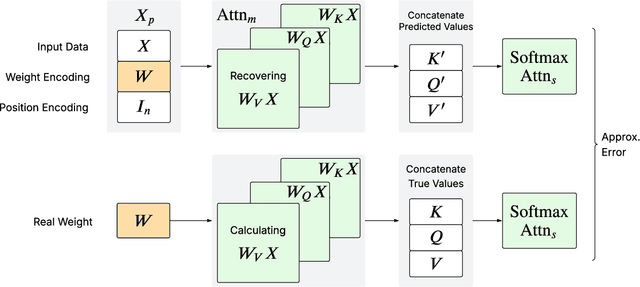Jennifer Yuntong Zhang
Realistic CDSS Drug Dosing with End-to-end Recurrent Q-learning for Dual Vasopressor Control
Oct 01, 2025Abstract:Reinforcement learning (RL) applications in Clinical Decision Support Systems (CDSS) frequently encounter skepticism from practitioners regarding inoperable dosing decisions. We address this challenge with an end-to-end approach for learning optimal drug dosing and control policies for dual vasopressor administration in intensive care unit (ICU) patients with septic shock. For realistic drug dosing, we apply action space design that accommodates discrete, continuous, and directional dosing strategies in a system that combines offline conservative Q-learning with a novel recurrent modeling in a replay buffer to capture temporal dependencies in ICU time-series data. Our comparative analysis of norepinephrine dosing strategies across different action space formulations reveals that the designed action spaces improve interpretability and facilitate clinical adoption while preserving efficacy. Empirical results1 on eICU and MIMIC demonstrate that action space design profoundly influences learned behavioral policies. The proposed methods achieve improved patient outcomes of over 15% in survival improvement probability, while aligning with established clinical protocols.
In-Context Algorithm Emulation in Fixed-Weight Transformers
Aug 24, 2025



Abstract:We prove that a minimal Transformer architecture with frozen weights is capable of emulating a broad class of algorithms by in-context prompting. In particular, for any algorithm implementable by a fixed-weight attention head (e.g. one-step gradient descent or linear/ridge regression), there exists a prompt that drives a two-layer softmax attention module to reproduce the algorithm's output with arbitrary precision. This guarantee extends even to a single-head attention layer (using longer prompts if necessary), achieving architectural minimality. Our key idea is to construct prompts that encode an algorithm's parameters into token representations, creating sharp dot-product gaps that force the softmax attention to follow the intended computation. This construction requires no feed-forward layers and no parameter updates. All adaptation happens through the prompt alone. These findings forge a direct link between in-context learning and algorithmic emulation, and offer a simple mechanism for large Transformers to serve as prompt-programmable libraries of algorithms. They illuminate how GPT-style foundation models may swap algorithms via prompts alone, establishing a form of algorithmic universality in modern Transformer models.
 Add to Chrome
Add to Chrome Add to Firefox
Add to Firefox Add to Edge
Add to Edge